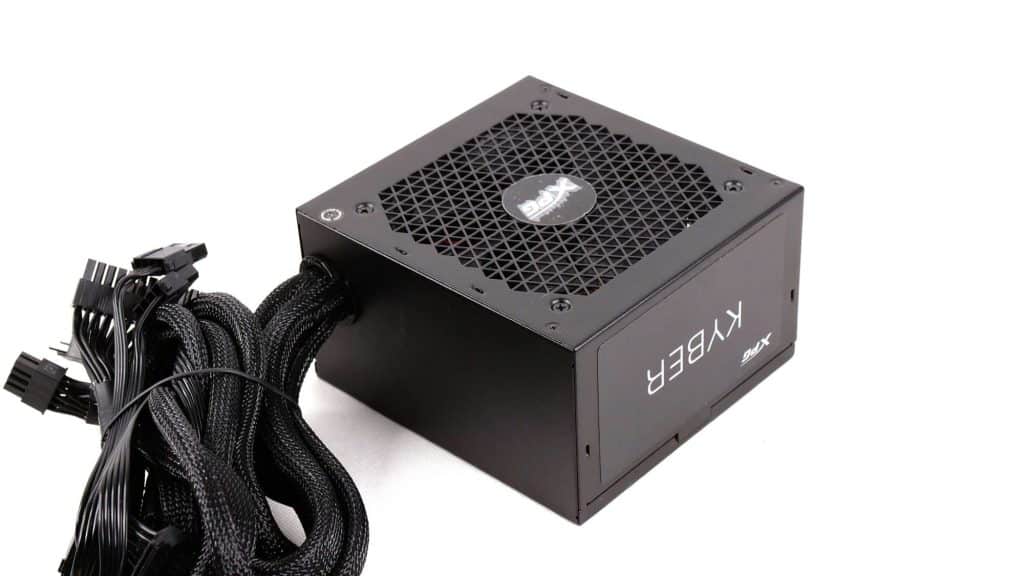Epilogue
Despite the tight enough load regulation, the XPG Kyber 850 doesn’t impress with its overall performance because of the mediocre transient response and ripple suppression, especially at 3.3V. The platform’s efficiency is decent, while the fan speed profile gets wild at higher loads, leading to increased noise output. In the protection features, which are of utmost importance, my objections are the high OCP triggering points at 3.3V and the identical triggering points between cold and hot conditions. OCP points should be lower under more stressful conditions (high temperatures) to protect the PSU effectively.
A strong asset of the Kyber 850 is the ATX v3.1 compatibility. The paradox here is that the unit is not ATX v3.0 compatible, as advertised, because of the lower than 17ms hold-time, but the ATX v3.1 spec is looser in this section, allowing it to meet the corresponding requirement. From the moment the Kyber 850 only has native cables, it automatically moves to the ATX v3.1 category without any hardware changes or modifications. Talking about the native cables, I am unsure if many users will opt to pay 110 dollars for a native-cables-only PSU in 2024, given that with 10-15 dollars more, they can get a fully modular ATX v3.x compliant (e.g., the Thermaltake GF3 A3 850). XPG should revise the price of the Kyber units in general to make them more competitive. Non-modular PSUs are for highly restricted budgets, definitely notably below the 100-dollar price tag.
To check all alternative PSU offerings, read my Best ATX v3.x PSUs article before investing in a new power supply. You help me a lot by using my affiliate links, which don’t increase the product’s price. I get a commission from Amazon every time you do it, which can make a difference for me, especially now that I am on my own, working exclusively for my media and not for someone else.
- Delivered full power at 40°C
- ATX v3.1 compliant
- Decent efficiency
- Within 1% load regulation on the primary rails
- Silent at up to 550W (at normal ambient)
- Alternative Low Power Mode (ALPM) compatible
- Low inrush currents
- Ideal distance between the peripheral connectors (150mm)
- Five-year warranty
- Expensive at $110
- Low overall performance
- High average noise output
- Lower-quality fan
- OCP triggering points need fixing
- Above 0.1W vampire power at 230V
- Mediocre transient response




Please help! Is the Kyber 850w worth it for $80usd? Bought it the other day, confusing it for the Core Reactor II. I’m on a tight budget but I hope it lasts. If not, I have to save up to get a more expensive one.
It is a decent PSU, yes. The Core Reactor II 850W is typically above 100$ as I remember.
Hi, I have bought a prebuilt with this psu, I have a rtx 5080 and a ryzen9 9950x3d should I be worried and upgrade the psu out of my pocket to save my components from getting fried or this is safe to use? I have already done extensive stress testing and everything was working fine!
I would change the PSU to something stronger and with higher performance for this system!
I am unsure if many users will opt to pay 110 dollars for a native-cables-only PSU in 2024, given that with 10-15 dollars more, they can get a fully modular ATX v3.x compliant (e.g., the Thermaltake GF3 A3 850).
On page 11, I think there’s a typo in the thermaltake model’s name (GF A3 vs GF3 A3)